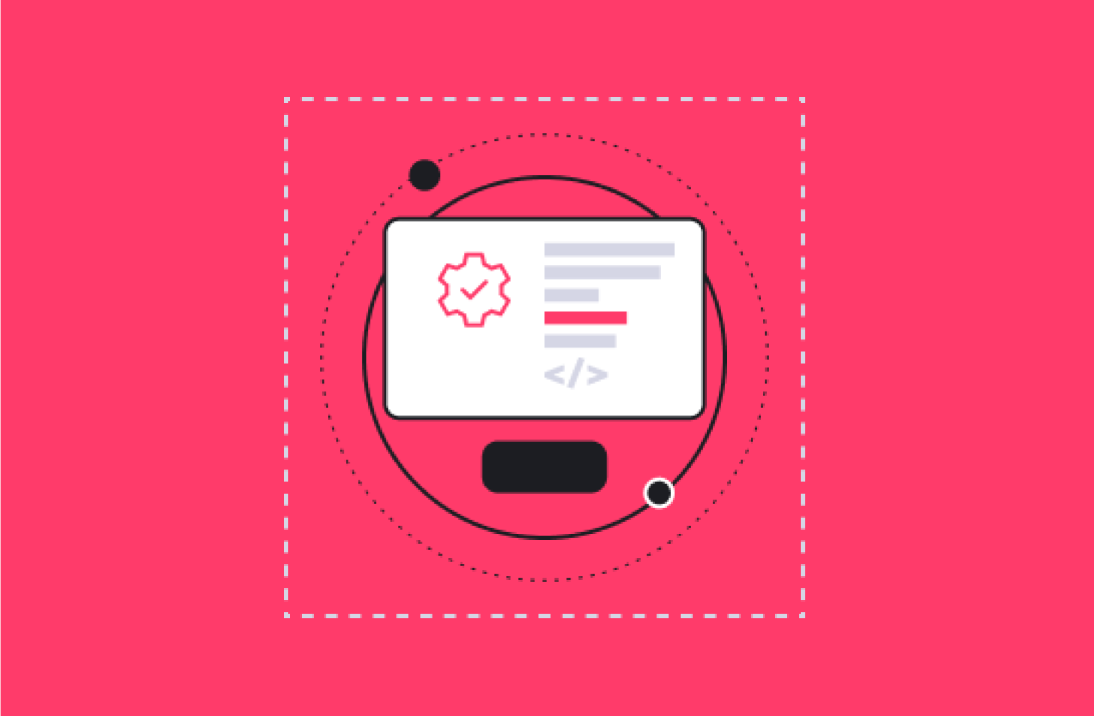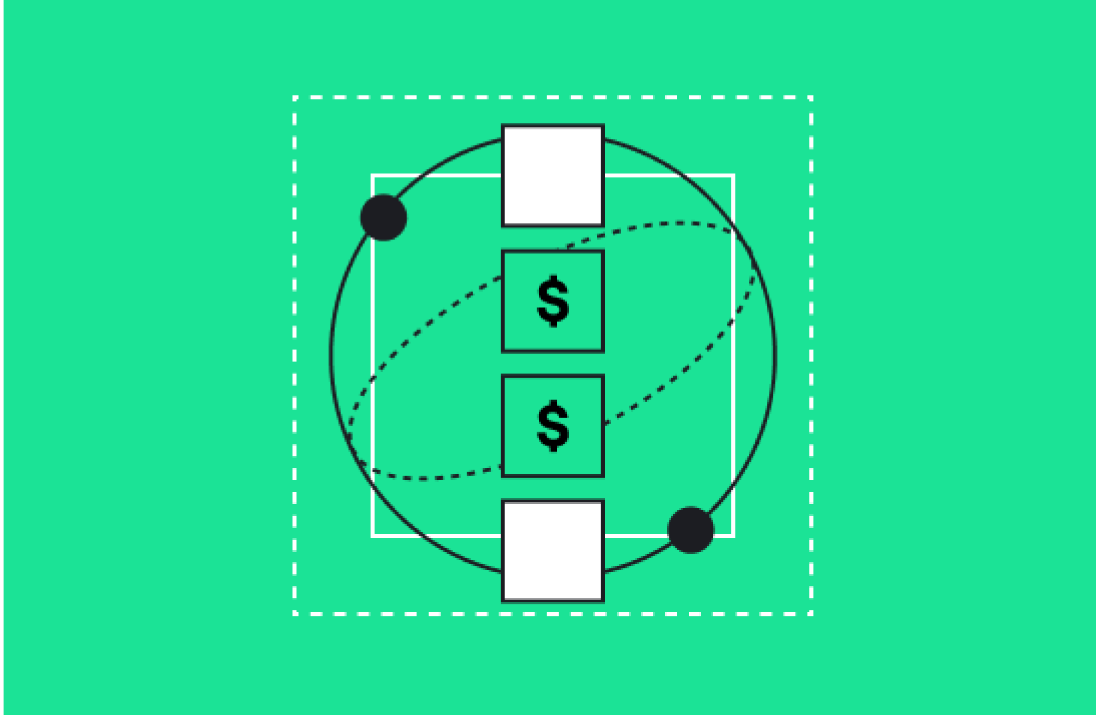Marketers and salespeople depend on attribution to determine the success of their campaigns, and they rely on accurate reporting to get a clear view of how each dollar they spent translates into customer value and revenue. Unfortunately, it can be challenging to obtain accurate attribution and reporting during an active marketing and sales process, even with comprehensive tools.
Salesforce is one of the most powerful sales and marketing tools out there. Still, it doesn’t always provide the best reporting solutions out of the box. To measure some metrics, you may need to integrate other reporting tools.
That said, if you’re a Salesforce user, you may have more tools at your fingertips than you realize.
Here’s how you can use Salesforce to generate reporting on key metrics like customer lifetime value and return on ad spend.
CAC: Customer Acquisition Cost
Customer acquisition cost (CAC) refers to the exact dollar amount it costs to acquire a new customer. Some customers are more expensive to acquire than others, so CAC is usually calculated by taking the total amount of money spend on acquiring new customers and dividing it by the total number of new customers you’ve acquired.
This generates the average amount you must spend to acquire a single customer in a given cycle, such as a fiscal year. This can be tracked over time to determine if your costs for acquiring a new customer are going up or down. Ideally, your CAC will remain as low as possible.
Salesforce doesn’t have a direct function for reporting CAC, but you can access a Campaign ROI Analysis Report for each campaign you create. This report calculates the ROI and average costs of your campaign, as well as what Opportunities have been influenced by each campaign. You can use this information to effectively calculate CAC.
If you want to avoid manual processes, there are also tools you can integrate with the platform to track this metric.
LTV: Lifetime Value
As most marketers and salespeople know, it’s much easier and less costly to generate revenue from existing customers than by acquitting new ones. LTV represents the amount of business and revenue gained from a customer over their entire lifecycle.
To track the lifetime value of your customers in Salesforce, all you need to do is create a custom field on your Account objects in the system. Set the custom field to summarize the Opportunities generated by the Account object and aggregate the “Amount” of each opportunity. Finally, be sure to filter your results so that only Opportunities that were “Won” show up in the calculation—this will then generate the total dollar amount your company has made from an Account object.
To report this information, you can start by adding this calculation to your Salesforce Account pages so everyone can see it. Then, you can use Salesforces reports and dashboards to track this field and generate interesting charts, such as your average customer lifetime value, customer lifetime value by industry, and more.
ROAS: Return on Advertising Spend
ROAS is a measurement of how much revenue you receive for each dollar you’ve spent on advertising. It’s generally calculated one of two ways:
- Revenue / Cost
- (Revenue – Cost) / Cost
You can use it to calculate the ROAS of specific ad campaigns, which allows you to compare campaigns and identify the best strategies for getting a high ROAS. However, you can also use ROAS as a measurement of other metrics, depending on what you consider a “return.”
For example, your ROAS calculations could be based on leads, sales, and more.
If you have an E-commerce business, you can usually track ROAS directly through your advertising tools. For example, Google Ads provides ROAS tracking if you’ve set up E-commerce tracking on your E-commerce website. This type of single-touch attribution is relatively straightforward.
But B2B businesses usually need to rely on multi-touch attribution, even if they are generating leads via advertising campaigns. A single customer may bring the organization thousands of dollars in business, but only after they have clicked on an ad, engaged with content, visited the website, and had a conversation with a sales rep.
The best way to track your return on advertising spending in this instance is to attach advertising campaigns to the campaigns you create in Salesforce. This may require you to create some custom objects and integrate salesforce with some external applications, however.
Thankfully, there are integrations available that are specifically designed to track ROAS for B2B companies that use Salesforce. With the right integration, you can track contacts through the lead and deal stages, then access revenue data in Salesforce to determine which ad campaigns delivered the results.
Campaign Costs
The easiest way to keep track of your campaign costs is to use Salesforce’s Campaign ROI Analysis Report. Located on the Reports tab, this calculates each of your Salesforce campaigns’ performance by ROI and average cost.
If you want to get more granular with your attribution, you can also structure Salesforce campaigns more strategically. This would allow you to credit each campaign for leads, revenue, and other measurements based on campaign types, channels and more. There are essentially two ways to do this.
For one, you can create a unique campaign for each type of campaign content as well as each channel that content will be launched on. For example, if you are trying to advertise a downloadable eBook, you can create separate campaigns for social media, email drip campaigns, and paid advertisements.
The biggest advantage of this method is that all your campaign data will originate in Salesforce. It won’t require much custom development or integration. You can then attribute revenue, campaign costs, and other metrics through Salesforce’s reporting to specific channels in the campaign.
The one downside to this approach is that it means creating a high number of Salesforce campaigns. This can lead to a significant amount of overhead cost or overwhelm your team.
The second option is to use UTM (“Urchin tracking module”) codes while generating a single campaign for each piece of content. UTM codes are bits of text you can add to a link to track the link’s performance.
While this leaves you with fewer campaigns, it may require additional customization if you want to view other metrics, such as Opportunities by Campaign. You’ll also need to be accurate and consistent with your UTM usage, which can be a challenge.
If you want a more holistic solution for tracking your marketing data, you may also be interested in Salesforce’s Datorama. It includes a data integration engine and an insights engine that can help you optimize your marketing investments.
Comprehensive Salesforce Reporting with A8
Salesforce is a powerful tool for both sales and marketing professionals. But to get a granular understanding of how every dollar you spend is translating into value for your business, you need to leverage Salesforce for attribution and comprehensive reporting.
Aptitude 8 can help you implement Salesforce to meet your reporting needs and provide you with an in-depth understanding of how your campaigns are performing. Contact us today to learn more.






